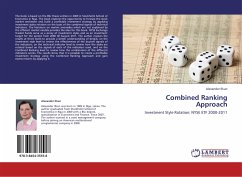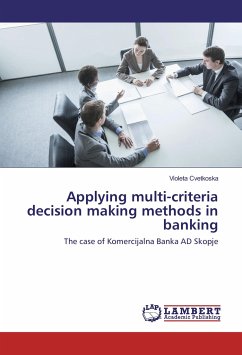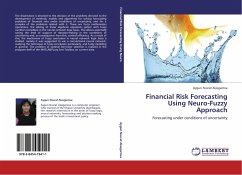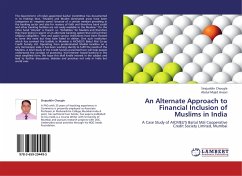The book is based on the BSc thesis written in 2009 in Stockholm School of Economics in Riga. The book explores the opportunity to foresee the stock market sentiment and build a profitable investment strategy by applying investment styles rotation on the basis of the combined signals of technical indicators. The literature on market anomalies which are not explained by the efficient market models provides the idea for this book. NYSE Exchange Traded Funds serve as a proxy of investment styles and as an investment target for the period from 2000 till August 2011. The author reviews the results at three levels to provide a better understanding of details: on the investment style level to review the effectiveness of the buy/sell signals of the indicators, on the technical indicator level to review how the styles are rotated based on the signals of each of the indicators used, and on the Combined Ranking level to review how the combination of the different indicators works. The results show that it is possible to create a profitable investment strategy using the Combined Ranking Approach and gain excess returns by applying it.
Bitte wählen Sie Ihr Anliegen aus.
Rechnungen
Retourenschein anfordern
Bestellstatus
Storno








